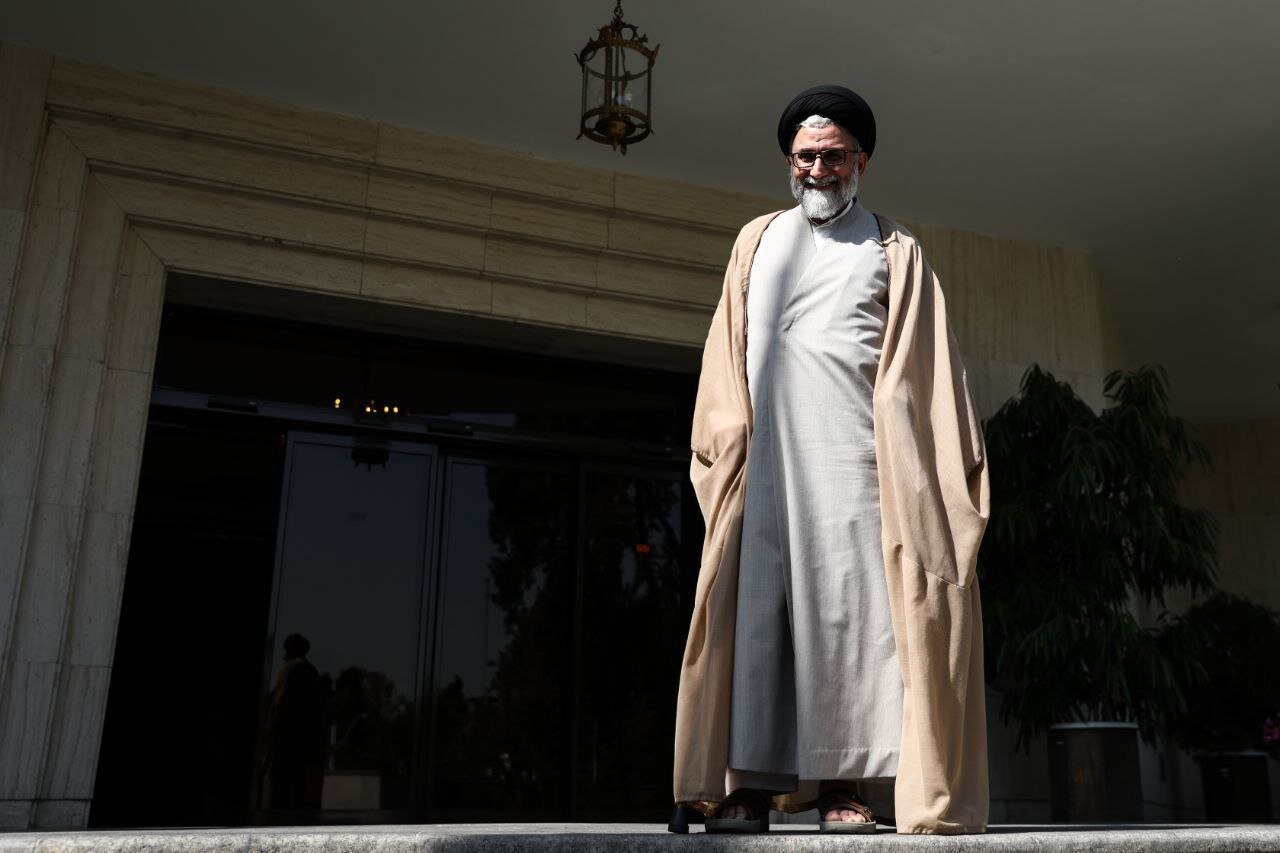Countering threats at their source

TEHRAN – For most of us, answering "What do you do?" is simple. We describe our job, our daily tasks, our methods, and even how we feel about it. We discuss our professional hopes, our satisfaction with compensation, and our future plans. However, for a select few, such openness is impossible, even with their closest confidants.
These individuals sacrifice personal comfort, relationships, and sometimes even their lives for work that remains unseen and unfelt by the wider world, yet is vital to the security and well-being of the nation.
"When we were getting married, he told me he couldn't tell me exactly what he did," recounted the widow of an intelligence officer who died in service. "Of course, after he said that, I had some idea about where he worked. But until the day he died, we told everyone he was a fruit seller. He gave his life for his country, but no one knows it." The widow shared this story with Iranian TV, her face blurred for anonymity. Neither her name nor the name of her late husband were revealed.
This year marks the 40th anniversary of the establishment of Iran's Ministry of Intelligence. Prior to its creation, Iran lacked an intelligence agency subject to oversight and accountability by the public and their representatives in the Iranian parliament.
Tumultuous beginning, enduring strength
The ministry's formation in 1983 coincided with a period of intense turmoil for Iran, both domestically and internationally. The nation was fighting a devastating invasion by Iraq’s Saddam Hussein, backed by the United States, a conflict that would persist for another five years. Simultaneously, Iran faced deadly terrorist attacks within its borders, orchestrated by the Mujahedin-e-Khalq (MEK) terrorist organization. Moreover, elements within the nascent Islamic Republic were suspected of having ties to British, American, and Israeli intelligence agencies, seeking to destabilize and potentially overthrow the government.
In its initial years, the intelligence ministry, drawing on personnel from the pre-existing intelligence community, primarily focused on neutralizing anti-Revolution threats. Given the scarcity of resources, the ministry had little capacity to reciprocate the actions of its adversaries. By 1990, however, intelligence forces had successfully neutralized a number of other significant threats. These included the Forqan group, responsible for several high-profile assassinations; the most prominent MEK networks operating within the country; anti-Iranian communist groups collaborating with the U.S. to destabilize the government; a cell of MI6 agents spying on Iran's oil facilities; and CIA operatives gathering intelligence on the country's military installations.
Iran then turned its attention to terrorist organizations that had fled the country. A notable example is the 2010 capture of Abdolmalek Rigi, leader of the Jundallah terrorist group, while he was in transit by air. The intelligence service orchestrated the grounding of the plane, on which Rigi was traveling with an Afghan passport. The aircraft, en route to Central Asia, was diverted to Iranian territory in a manner that prevented the terrorist leader from endangering the other passengers.
In a recently published video, Rigi admitted, while in jail awaiting his execution, that he never thought Iran’s intelligence forces would be “this powerful.” Rigi was responsible for the deaths of dozens of Iranian citizens and soldiers during his terrorist activities in the southeastern Sistan and Balouchestan province, including many children.
In a similar manner in 2023, the ringleader of the Tondar terrorist group was successfully extradited and apprehended. Tondar had orchestrated a deadly bombing at a Shiraz religious gathering in 2009 and was planning to carry out similar acts in the future.
Though the large-scale spy operations of the 80s and 90s are far less frequently reported, Iran continues its intense fight against terrorist groups. Notably, these groups receive funding from the same states that once operated active espionage cells in the country – the U.S., Israel, and Britain.
Iran manages to routinely neutralize Daesh, Takfiri, and Israeli elements before they can execute their plans. Nevertheless, the intelligence ministry recognizes the need for continuous improvement to prevent the incidents that still occur periodically within the country. To that end, a shift in its modus operandi is planned.
During a speech commemorating the 40th anniversary of the entity's establishment, Iran's Intelligence Minister Esmail Khatib signaled a shift in strategy, stating that Iran will no longer only wait for security threats to reach its borders before neutralizing them. "Iran will maintain a strategy of 'threat against threat and aggression against aggression,'" Khatib told his colleagues and their families in remarks later published on the ministry's website. "We will precisely reciprocate any adventurism, malice, or unwarranted interference by enemies, including the United States and the Zionist regime, within their own environments and territories."
While leaving the ceremony, another woman who lost her husband during an intelligence operation said she was not worried about the future of her children. “I know how hard my late husband and his colleagues have worked. And I know when their chief announces they will be moving outside the borders, that all that effort has paid off.”
By Soheila Zarfam
Leave a Comment